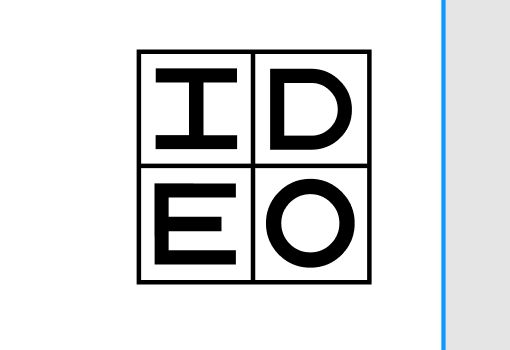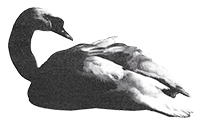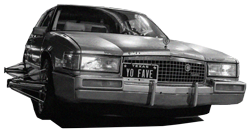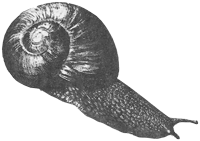Right now, somewhere in the world, someone is trying to craft the perfect dating bio. They’re staring at their screen, wondering if “lover of books, brunch, and bad movies” sounds charming or aggressively basic. They’re agonizing over which photo says, “I’m actually really funny” without screaming, “I made my friend take 200 pictures just to get this one.”
For over a decade, dating apps have followed the same core interaction model—individual profiles, a binary swipe, and an emphasis on curating the perfect self-presentation. But the way people build relationships is changing.
What if the next era of dating apps took cues from how connection already happens in the real world?
We spent the last two weeks imagining what dating could look like—not just for singles, but for the platforms that power modern romance. Just in time for Valentine’s Day.
.png)
Let the community play matchmaker
We took inspiration from a behavior we’re already seeing: people AirPlaying their dating apps to their TVs, crowdsourcing swipes with friends. What if dating apps leaned into this?
Instead of a solo experience, dating could become more collaborative, social, and trust-based. A personal matchmaking board of directors could log in, hype daters up, and collaboratively vet potential matches by connecting with other matchmaking groups. Endorsements from friends could act as signals of credibility—not just in dating but in how digital identity evolves.
This kind of friend-powered interaction already exists in consumer behavior, but it just isn’t yet fully integrated into the digital dating experience, where matchmaking remains largely an individual experience rather than a collaborative, social one. This approach would be a triple win—users feel less alone, partnered friends have fun too, and the apps broaden their user base. The question isn’t if dating apps will move toward community-powered matching, but how.

Meeting in real life, not just in DMs
The digital and physical worlds are no longer separate—they’re merging.
What if meeting someone new was as seamless as sharing WiFi? Portable Profiles could offer dynamic, real-world signals of availability, allowing people to connect in person without forced small talk or endless messaging. But unlike today’s dating apps, these profiles wouldn’t be tied to a single platform—they could be independent, portable, and built on the blockchain.
Instead of being locked into one app’s ecosystem, users could own their own dating identity—a decentralized profile that works across different platforms and IRL experiences. A single, trusted digital identity could let people signal availability in physical spaces like events, coffee shops, or weddings, making connections feel more organic.
At social gatherings, this could extend even further— attendees could opt to list their profile on a decentralized site hosted by the event organizer, creating a dynamic, real-time directory of available guests who are open to connecting. This creates a low-pressure, organic way for attendees to discover and connect with others who are open to meeting, without the constraints of traditional dating apps.
Friends could play a more active role by carrying and sharing their friends’ profiles, facilitating introductions naturally on their behalf. By integrating dating into familiar social settings, connections become more fluid, trusted and community-driven.
Dating apps have spent a decade perfecting the swipe. The next innovation could be rethinking how people signal interest and connect in a world that is both online and off.

Surfacing the people daters should discover
Research shows that people are more likely to form lasting relationships through mutual connections rather than random encounters. By leveraging network effects, dating apps could create stronger, more trusted interactions.
Instead of static lists of profiles, what if dating apps functioned more like living constellations—expanding as friends, colleagues, and mentors unlock new connections? This approach isn’t just about matchmaking; it’s about creating a richer ecosystem of relationships that could include friendship, creative collaboration, and unexpected connections.
In a digital world where trust is increasingly fractured, network-based discovery could reduce anonymity-driven behaviors like ghosting, as community-driven connections create a greater sense of responsibility and engagement. There’s an opportunity here to redefine dating platforms as trusted social infrastructures, not just marketplaces for attraction.
With shared connections shaping the experience, relationships could unfold more naturally—and ghosting? A lot less likely when everyone is just a degree away.
Heading 1
Heading 2
Heading 3
Heading 4
Heading 5
Heading 6
Lorem ipsum dolor sit amet, consectetur adipiscing elit, sed do eiusmod tempor incididunt ut labore et dolore magna aliqua. Ut enim ad minim veniam, quis nostrud exercitation ullamco laboris nisi ut aliquip ex ea commodo consequat. Duis aute irure dolor in reprehenderit in voluptate velit esse cillum dolore eu fugiat nulla pariatur.
Block quote
Ordered list
- Item 1
- Item 2
- Item 3
Unordered list
- Item A
- Item B
- Item C
Bold text
Emphasis
Superscript
Subscript























